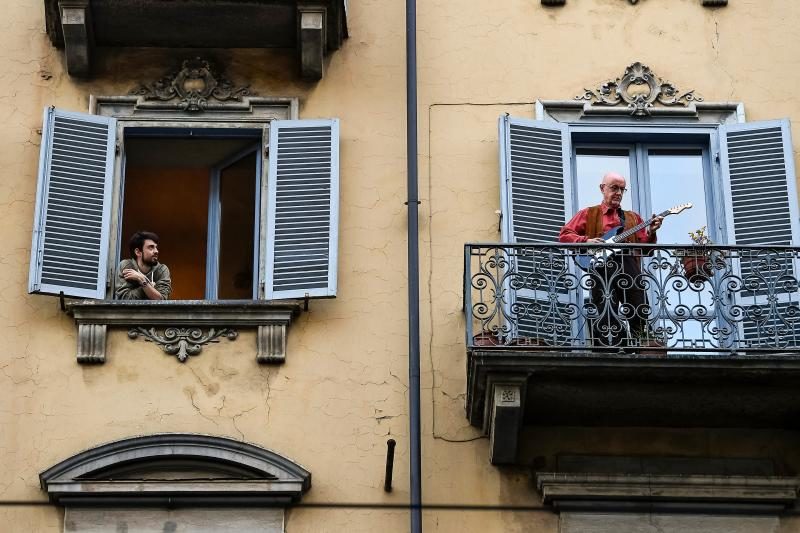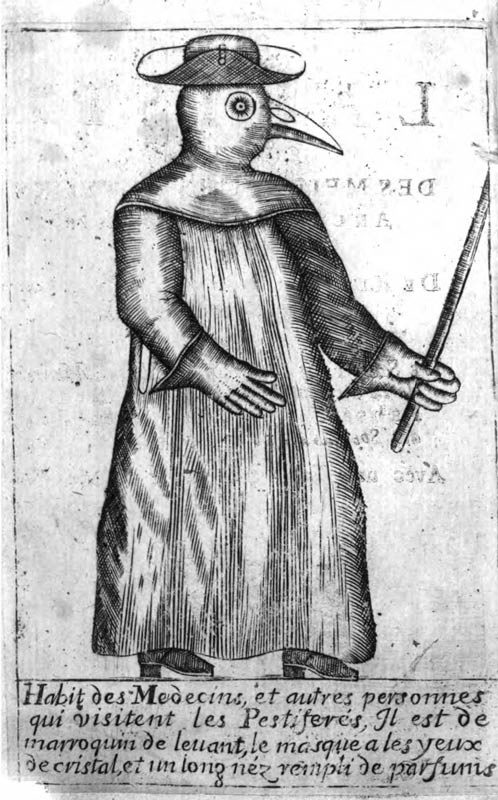WHAT MAKES US DIFFERENT FROM PEOPLE SUFFERING GLOBAL DISEASE IN THE PAST?
Text by Diletta Accorroni
“The catastrophe was so overwhelming that men, not knowing what would happen next to them, became indifferent to every rule of religion or law”.
No, this is not the report of the 2020 Covid-19 pandemic, but the chronicle of a different and yet devastating virus. It dates back to 430 B.C., when Thucydides described the scourge that fell on the old city of Athens at that time.
The history of mankind is actually crawling with examples of outbreaks and, consequently, with series of remedies adopted to prevent/limit their spreading. However, the most popular one, whatever the pandemic is and the historical time it hits, has always been house arrest, the so-called Quarantine.
It doesn’t come as a big surprise that even in the Bible – specifically in the Old Testament – the word Quarantine has been mentioned. Actually, for the first time, this method was used to fight leprosy, which several passages of the Holy Bible refer to. In the ancient Greece too, this drastic method was common in order to eradicate all those pathologies which could spread too easily. All throughout the Middle Ages also lockdown was largely used, but it was only during the 14th Century Plague, which killed between 40 and 50 millions of Europeans, that the “modern” Quarantine came into the world. Exactly in this period, when ships were forced to wait 40 days before getting into the harbor, the term Quarantine has been introduced.

In the following centuries, isolation has been used to fight several diseases, among which Yellow Fever, Cholera and (though a bit too late) the Spanish flu. In a certain way, also the characters of “Decameron” by Giovanni Boccaccio were experiencing a sort of Quarantine. The ten protagonists indeed moved to an isolated hill near Florence to avoid the infection, trying to kill time narrating stories to each other’s, for ten days. The current isolation is more about cooking classes, yoga courses, make up tutorials, Netflix bing-watching, playing songs at the balconies with patriotic tension, and all these activities who make us feeling less lonely, gloomy and not so-unproductive.

However, Boccaccio also wrote that irrepressible drinking used to be the biggest solace not only of locked-down people in Florence during the 14th Century. Today as well it has been registered that the selling of wine and spirits, mostly directly delivered to people’s domiciles, has reached a remarkable increase during these weeks. So apparently Covid-19 home prisoners likewise Boccaccio’s peers find in alcool a way of escapism from the quarantine’s bad mood.
Not only, Florence, the author’s core city, could be treated as one of the first places where solutions and consolations were experimented also because at that time, fragrant herbs and flowers, brought close to the nose, were considered as forerunners for contemporary face masks.
Even in the 19th Century novel “The Betrothed” by Alessandro Manzoni, the scenario, set in Lombardy in 1628-30, is comparable to what is happening during these weeks, with hospitals and clinics. In fact, Quarantine meant social distancing and home-lockdown for people in good condition, while lepers were brought to Lazarets.

Here, the patients were visited by doctors, specifically hired and paid by all those cities where the plague was spreading. The costume, worn by the community plague doctors was invented in 1630 and adopted for the first time in Naples. It was composed by a protective suit consisted of an overcoat, a mask with eye openings and shaped nose, typically stuffed with herbs and spices. Usually they were also carrying with them a sort of cane, fundamental to examine and direct patients without having physical contact with them.

So, even if the timing is completely different, many are the analogies with the past, and the obligations today are the same ones imposed back in the years.
We thought to be living in a technological and virtual world, yet we are implementing methods belonging to an ancestral era. Furthermore, paradoxically what we miss more now is the physical contact with others, which means Internet didn’t abolish our need of reality, as we actually expected.
Ages ahead, we are still the same men and women we used to be in the past. And once again, isolation seems to be the one and only way to get through the pandemic.
However, something different and new may also rise from diseases and epidemics alike. They can affect positively societies and be the engine for better practices and new habits. Devastating plagues in fact can lead the community to embrace healthier behaviors and an ethos based on altruism and noble principles. It looks something is changing already and people during these weeks seem to be more incline in helping their community.
We only wish that such thoughtful commitment of citizens around the world won’t be just a faraway echo when all this will be over, but the hope is that it’d truly shape a new established mindset healing our society’s worst illness: power hunger and superficiality.


